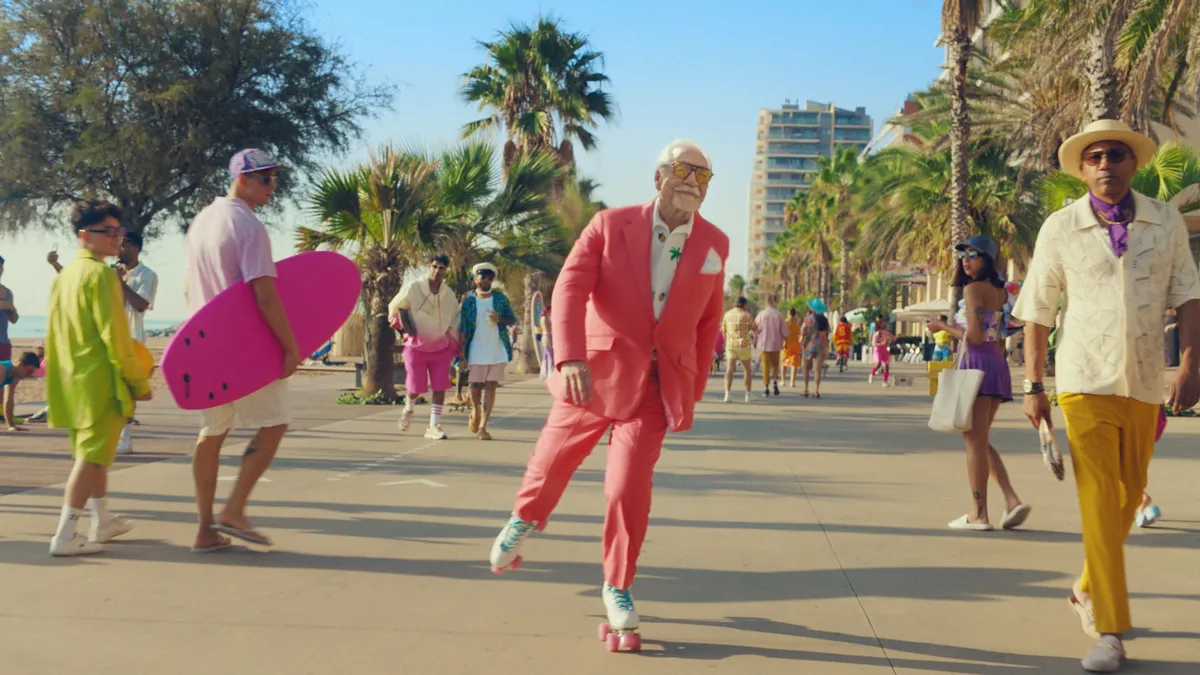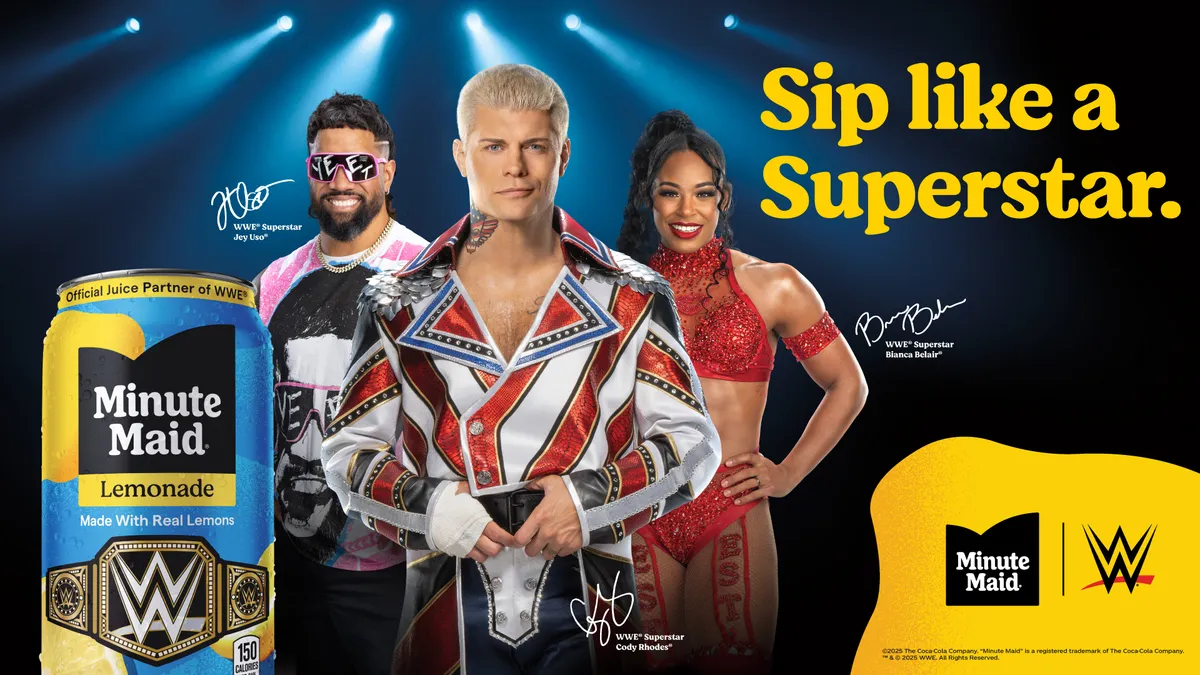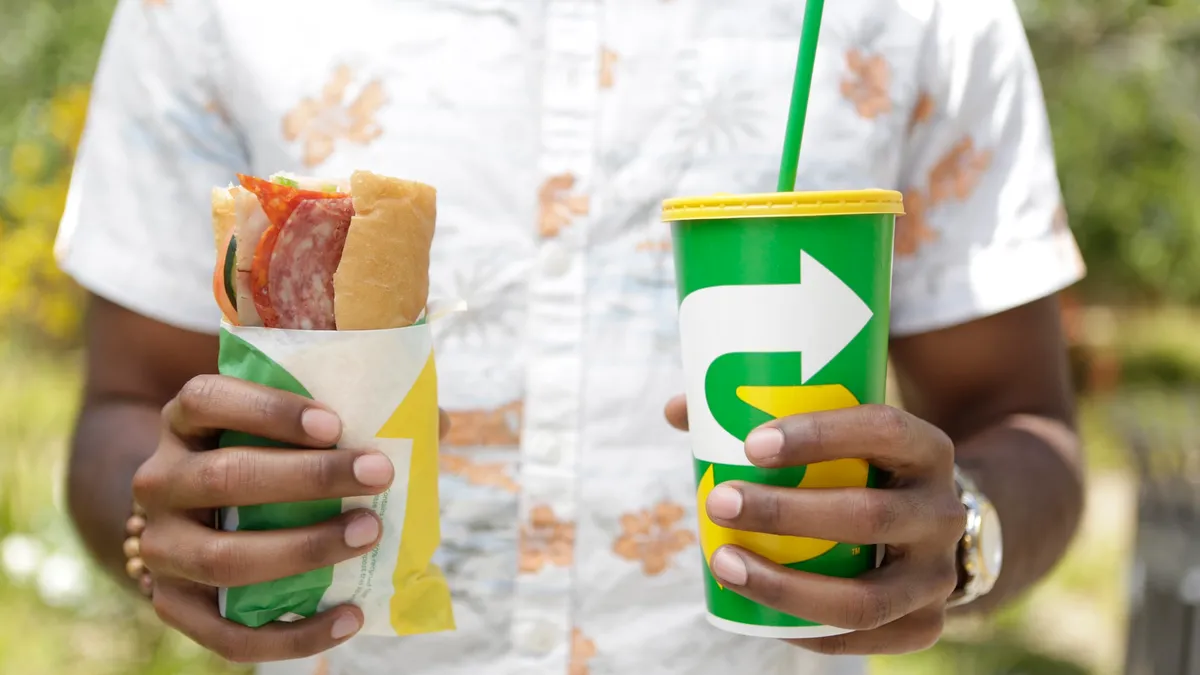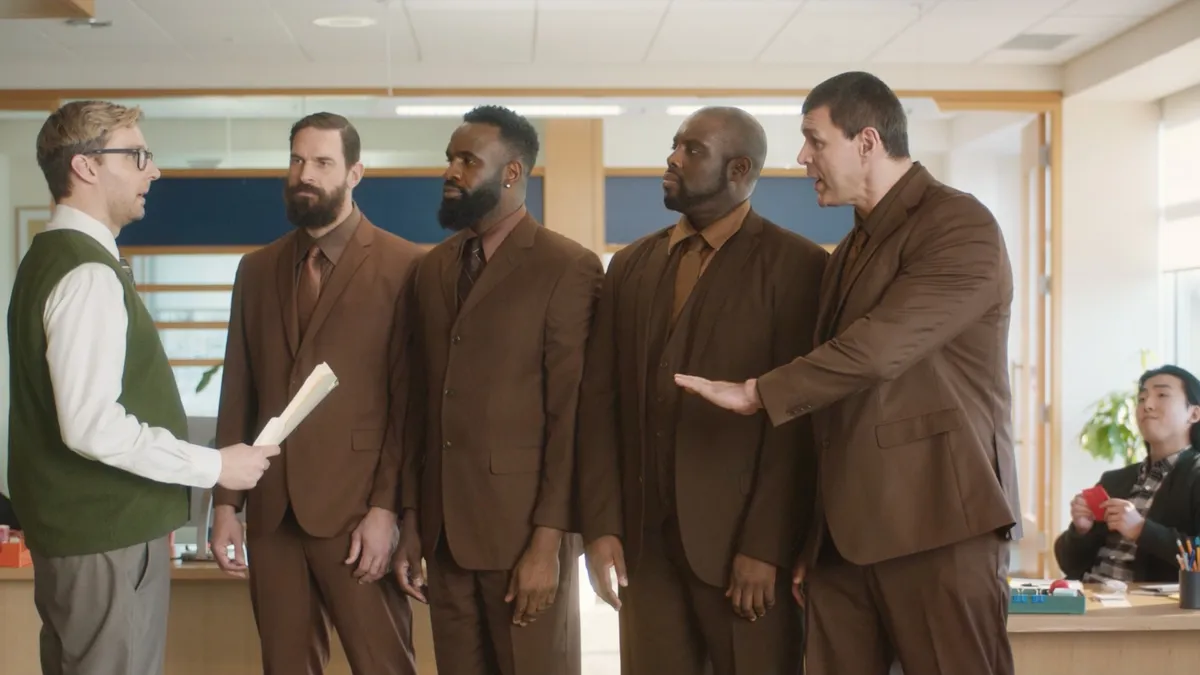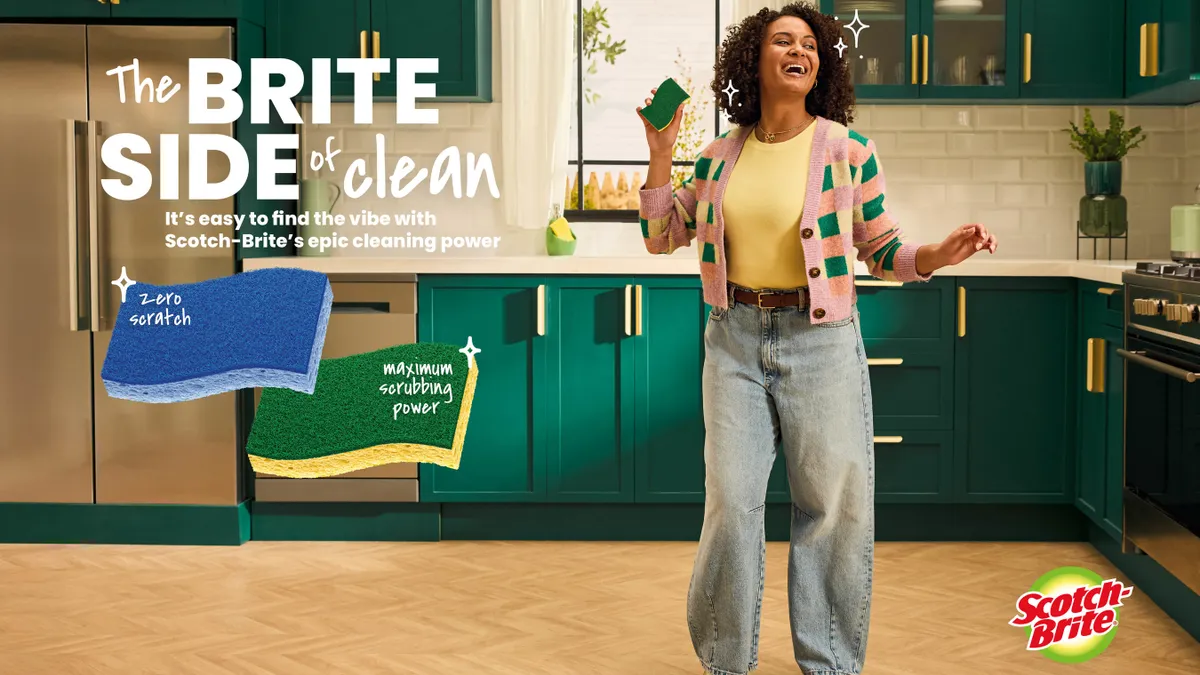It seems to be the Golden Era of brands clapping back at each other on social media. When IHOP temporarily changed its name to IHOb in an effort to promote its hamburgers, Wendy's was there with a snarky remark: "Not really afraid of the burgers from a place that decided pancakes were too hard." When Amazon struggled with a website outage on its heavily promoted Prime Day, Hooters added a #PrimeDay hashtag to a reminder that "Our site is working just fine."
Yet when Papa John's came under fire after reports surfaced that founder and spokesman John Schnatter used a racial slur on a conference call, neither Domino's, Pizza Hut nor frequent foe DiGiorno was there to comment on the controversy. With brand snarkiness at an all-time high, perhaps it's more surprising that no brand was brave enough to take the bait.
It may seem self-explanatory why brands didn't make light of Papa John's racist controversy, though it wouldn't be the first time that a brand waded into a racially-charged conversation. Look no further than Pepsi's disastrous, universally criticized "Jump In" advertisement from last year. Clearly, some brands have scored major points in their clapbacks while others have fumbled attempting the same thing. So how exactly can brands join the social media conversation without winding up in a controversy of their own?
"I'm always for brands taking risks, that's a big thing brands don't do enough of," said Brian Salzman, founder and CEO of RQ agency. "If it stays in a tone that's funny and positive, that's fantastic. If it creates emotions and a connection with the brand, it's a good tool."
Brad Fay, chief commercial officer of data and analytics firm Engagement Labs, agrees. "When a brand competitor is doing cheeky, snarky, gimmicky things — arguably what IHOP was doing with its pretend name change — I think that jumping into the conversation is totally fair game," he said. "The most important consideration is whether you can be creative, entertaining and play along with the game."
Salzman finds himself between two impulses. On one hand, a brand "having some fun" while everyone else is serious "defines a personality that consumers want to engage with." On the other, he is suspect of brands adding negativity during a time fraught with social, political and cultural tumult. "Why would a brand want to ignite any type of negativity when consumers are looking to come together with each other and brands in a positive way? It's a very fine line."
Fay echoes this call for brands to be hesitant when flirting with negativity. "When a brand has done something that's bad or it's just having bad luck, either way, I think brands should for the most part stay out of their competitors' problems. It's probably unwise to get involved," he said.
That isn't to say that brands should avoid entering difficult conversations — just that they must be smarter about how to do it. Fay points to the difference between Pepsi's "Jump In" campaign and Heineken's "Worlds Apart" campaign, which debuted around the same time. Whereas Pepsi faltered when it tried to reference Black Lives Matter protests, Heineken succeeded by presenting a more nuanced message and not heavily pushing its product. "For a lot of these situations, it comes down to a combination of the right idea and how well it is executed," Fay said. "A key risk is how to do it without seeming to exploit a social problem for financial or commercial gain."
These challenges are magnified in the social media era, when the conversation is constantly in flux. While Fay acknowledges that there's a sense that brands must move fast on social media, "it's often wiser to take a little time and make sure you've got it right" when dealing with controversial matters. Social media also presents a paradox: while it's much less expensive to take a risk online, the risk might be even greater or more costly. "The problem is that everyone has an opinion and they can give the opinion because of social media," Salzman said. "Who can predict what goes viral?"
When entering a potentially risky conversation, Salzman encourages brands to "talk about it, have a personality, be smart about it, without being negative." According to Fay, it's best to take "the temperature of the marketplace first" and not "make the entire social media population your focus group."









